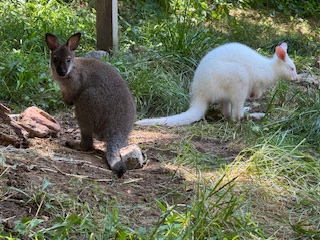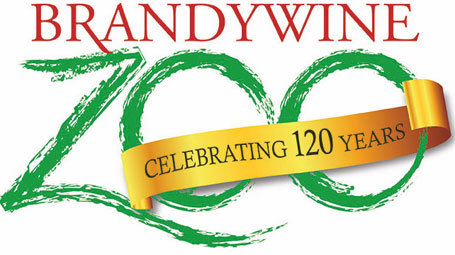Meet Our Animals
The Brandywine Zoo proves that great things do come in small packages. The Zoo features animals from the tropical and temperate areas of North and South America, Asia and Africa. Our animals range from more common species to the highly endangered. All enjoy natural settings and welcome your visit to the zoo. Some animals may be off exhibit during cold weather.
Notamacropus rufogriseus
Bennett’s Wallaby

Habitat
Geographic Region & Range
Diet
Physical Description
These animals are medium-sized marsupials with tawny gray fur, a white chest and belly, and a dark brown muzzle, paws, and feet. This species can be distinguished from other wallabies by its white cheek markings and red coloring on the neck.
Size
Weight
Lifespan
Natural Habitat: up to 10 years
Under Human Care: Up to 15 years
Threats
Status
What are AZA Zoos doing for
Bennett’s Wallaby
Bennett’s Wallabies are managed in conservation breeding SSP programs, along with the Tammar Wallaby. The Parma Wallaby and Yellow-footed Rock Wallaby have studbooks to maintain population data.
Fun Facts
- Bennett’s Wallabies are members of the family Macropodidae and are closely related to kangaroos and wallaroos. Macropod translates to “long foot,” due to the strong and prominent hind legs that help these animals to hop!
- Bennett’s Wallabies are one of more than 330 species of marsupials, known for carrying their young in a pouch during development.
- Though they are best known for hopping, wallabies, kangaroos, and wallaroos can also crawl and swim!
